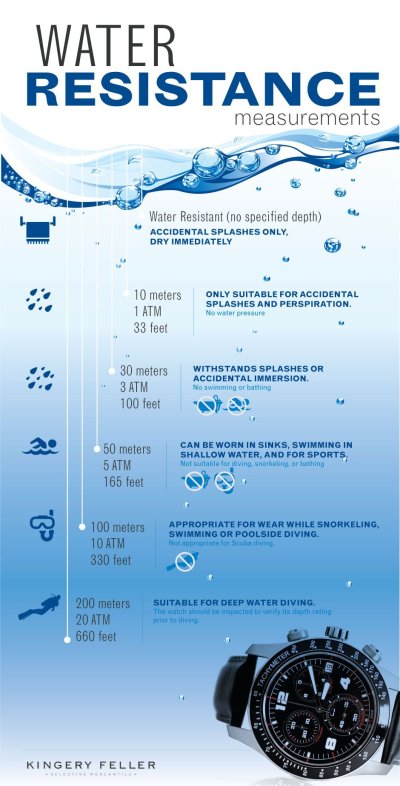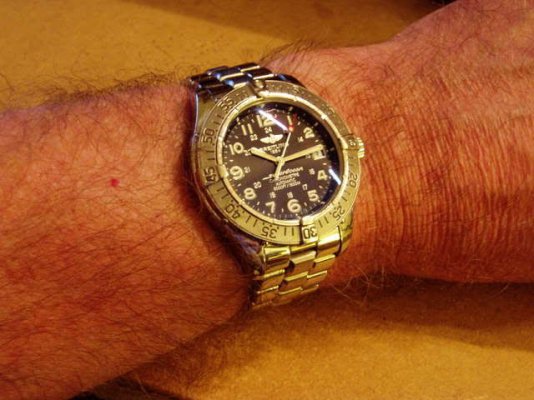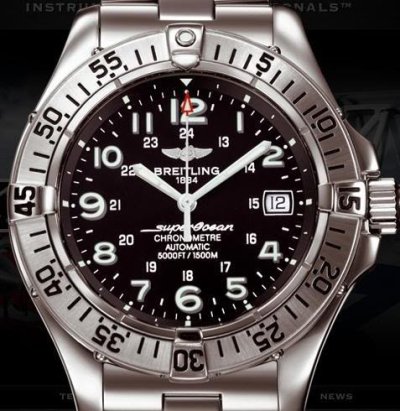tjamesbo
Active Member
- Joined
- Jan 6, 2007
- Messages
- 713
- Location
- Sutton Coldfield Midlands
- Car
- CLK430 ,Vito V6 sport ,Jaguar 2.5 X type ,W124's 1993 220TE , 1994 320TE ,Mastercraft X5
I've got this now in all of my watches (3 ) I always buy 3-5ATM minimum ,waterproof watches as I wear the watch 24/ 7 it stays on in the bath/ shower on when I windsurf and on in the sauna , not had a problem before even when batteries were replaced But even the timpson so many years guarantee didnt stop one misting ( cant find the receipt now ) but it seems to me that its unaffordable for me to return to manufacturer and anyone that fits a battery is not going to do it in a zero humidity day , in my mind it needs to be fitted when the humidity is low otherwise that humidity is in there just waiting to condense also i believe that some grease the seal with some kind of watchmakers / plumbers L.O.L. grease bit fed up as its on all of my watches now want to avoid it on the next one but my budget is limited and i do like a watch that has a bright colour not one for understated plain watches
any tips / advice ?
any tips / advice ?



